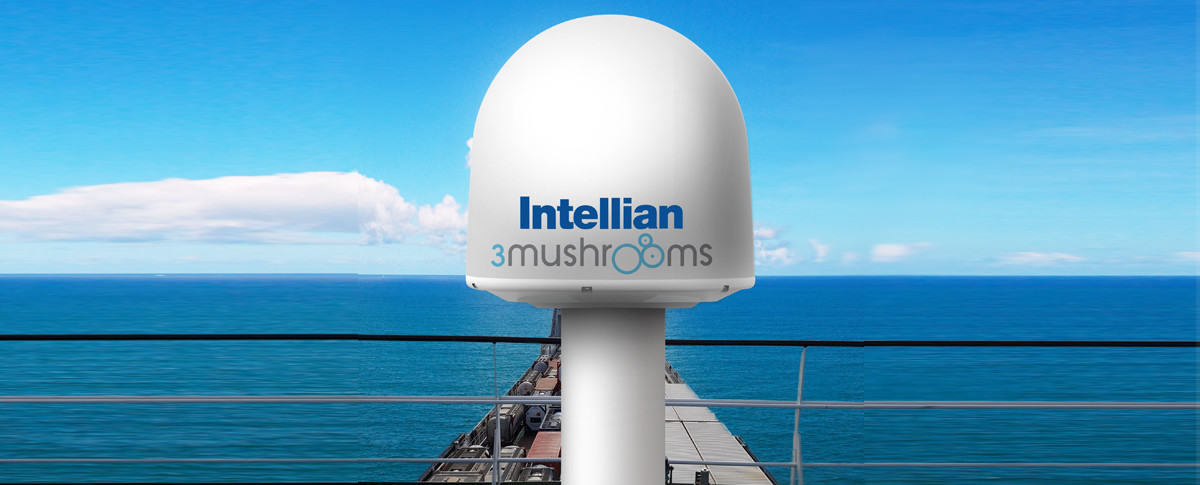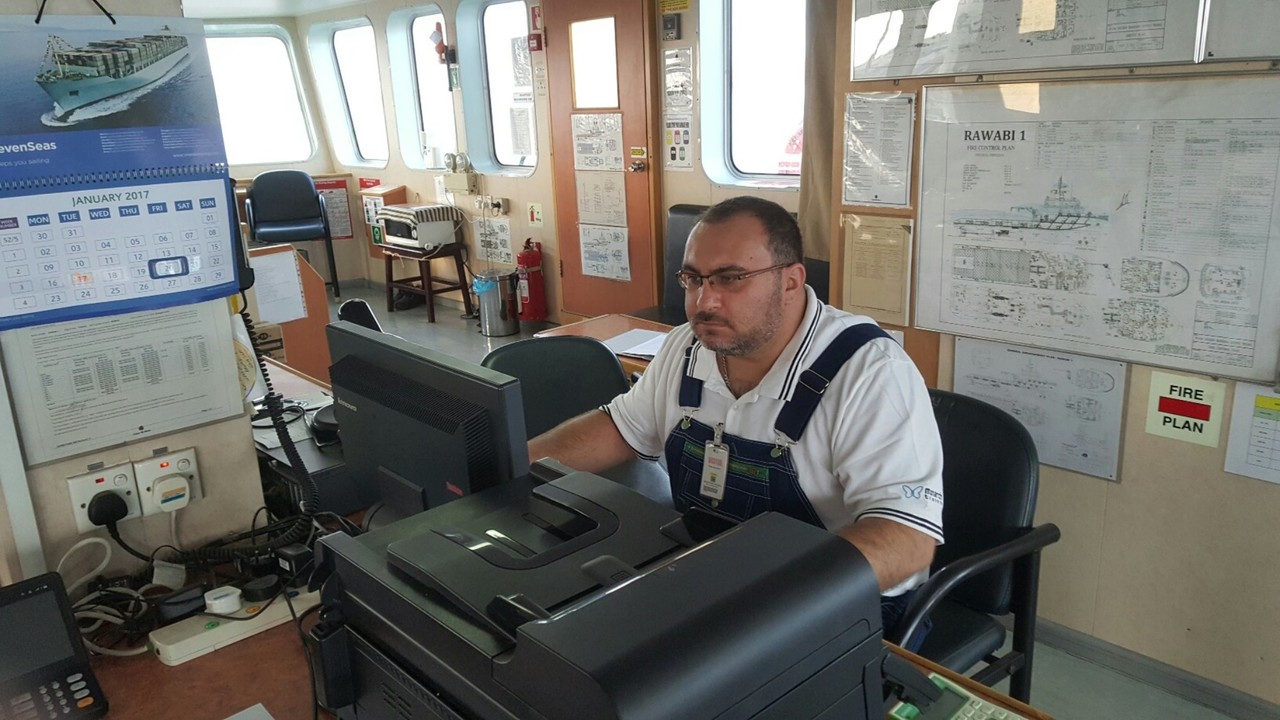Inmarsat C is a two-way store and forward communication system that transmits messages in data packets in ship-to-shore, shore-to-ship and ship-to-ship direction.
Inmarsat C comprises of a small omnidirectional antenna, compact transceiver (transmitter and receiver), messaging unit and, if GMDSS-compliant or with a distress function, a Dedicated Distress Button to activate a Distress Alert.
Inmarsat Mini C terminals are the smallest models available, with some incorporating the antenna and transceiver in the same above deck unit and, depending on the model, supporting the same communication services as Inmarsat C terminals.
To protect crew and vessels, modern Inmarsat C and Mini C terminals include an integrated Global Navigational Satellite Services (GNSS) receiver, providing automatic terminal position updates and reporting when a distress alert is initiated. The vessel’s position data (position, course and speed) is shared with reporting applications.
Safety features of Inmarsat C and Mini C
DISTRESS ALERTING
A mandatory service on SOLAS-compliant maritime Inmarsat C and Mini C terminals and on some non-SOLAS models too. Distress alerts are issued when a ship or crew is in grave and imminent danger. When there is no time to input information manually into the terminal, crew can simply press and hold down the Dedicated Distress Button for approximately five seconds to transmit the alert.
ENHANCED GROUP CALLS (ECG)
The broadcasting of Maritime Safety Information and Search and Rescue, related information messages over Inmarsat C, Mini C and Fleet Safety terminals, through SafetyNET , SafetyNET II, RescueNET and FleetNET services.
DATA REPORTING AND POLLING
Short data reports, up to four data packets, that are sent to shore-based authorities or operational centres, such as Long Range Identification and Tracking (LRIT) of ships, as required by the IMO. Data reports consist of information such as a vessel’s position report, sailing plan, or fisheries catch report – in fact any data that can be encoded into data packets and sent from ships regularly, randomly or in response to a polling command from a shore-based operational centre.




